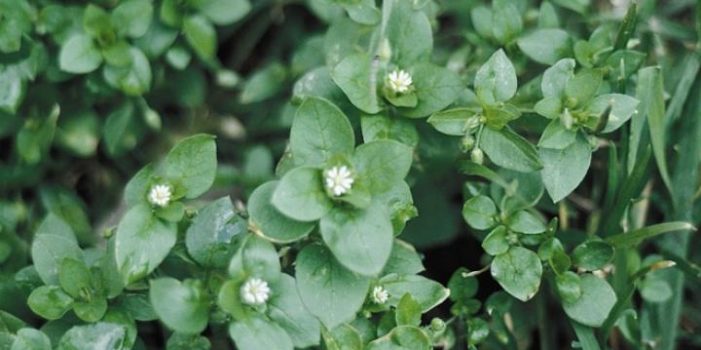Email a copy of 'Common “Weeds” as Food and Medicine- Part 1, by M.C.' to a friend
18 Comments
- Ad The Good News About Nuclear Destruction.The lethality of all nukes can be reduced by 90% when you know beforehand what to do and not do.
- Ad Ready Made Resources, Trekker Water Filtration SystemUsed throughout the World


I have always believed that in God’s grand plan the free growing plants and weeds are His gift of medicines to mankind.
And you would be absolutely correct.
Genesis 1:29 (NIV) Then God said, “I give you every seed-bearing plant on the face of the whole earth and every tree that has fruit with seed in it. They will be yours for food.”
Also note that according to what I have read (I do not speak Chinese myself), the Chinese word is the same for food and medicine.
Wonderful! I’ve been waiting for an article like this one. I’ve been studying herbs for the past year, since we moved out of the SW desert. There are very few people knowledgable in this area anymore. We have been tricked by the PTB to believe that some of our most nutritious plants are nothing more than noxious weeds. I’m looking forward to the remaining parts of this series. Thank you, M.C. for the information and the great photos!
I found the photos on line, even though most plants grow here locally. I forget to take pictures during the spring and summer, I am usually busy at that time with my garden and don’t remember to take pictures.
Excellent! Looking forward to this series of articles.
Big fans of weeds here. Been eating them for years as well as taking advantage of their medicinal uses.
Good for you! Most people I talk to have no idea that they are good for you, just seeing them as pests.
Awesome! Thank you!
Dandelion => dente de lion (french) => tooth of the lion.
No shortage of dandelion in my yard. Ordered the book as part of my personal library. We have numerous oaks and their progeny, acorns, in the yard as well. My sister cooked a batch once, so we know how to do it. Of course the acorns draw the deer, so its a win win there.
Saving this and looking forward to the rest of the series.
Eat the weeds. Com . Best site with video
Most folks who suggest eating the dandelion leaves neglect to mention how wonderful the root is to eat. VERY full of nutrients. The earlier you dig it, the sweeter it will be. As with the leaves, later harvest equals a more bitter, good for digestion, taste. Of course, as our author says, you can dry it for tea. However, be aware. After you make the tea, you may be able to cook the root and eat in a winter soup. Edibility depends on how fibrous the root was when you dried it.
Cook the same amount of time you would carrots. Mix with kale, cabbage, and edible weeds to mellow the bitterness.
The best part? Free. And, you absolutely know the source.
Carry on.
Semper Fi! My hubby is a Marine also, 8 years active duty in the 70’s and 80’s.
Actually, while most Americans do not like the taste of bitter vegetables, bitter things help with digestion. I make tinctures of bitters, I usually use gentian, hops and orange peel as a base and add others if I feel like it. Amazingly enough, when we started taking bitters, my hubby’s snoring stopped that night, and he only occasionally snores now, but even with that much softer and usually only if he has his head propped up too high on 2 pillows.
As for eating dandelion root, it is REALLY GOOD for your kidneys.
Excellent article! Here in Germany, we eat ‘Lowenzahn’ (lions tooth – Dente de Lion) or dandelion in the spring. I cook it using my Texan recipe for Turnip Greens. I can personally atest to the diuretic effects of it. Here in the local Saarland dialect, it is called “Bettsäger”, which is a nickname that loosely translates to “Bed Wetting”, and you can guess why. Once it flowers though, it’s tough to make palatable, but i cook it long and season it like i do my collard greens. None of my German friends will eat it when cooked like collard greens, and i suspect i cook most of the nutrition out of it.
Believe it or not, i have tried canning it, and it definately looks and tastes very unpleasant after a year.
Every spring it’s a race between me and my goats over who gets to the dandelion first!
Great article.
What parts of the dandelion do you eat/steep/etc.? The flower, stem, leaves, root? All of it? Do you use different parts for different things?
Hooray! Somebody knows about cleavers, most humble of weeds.